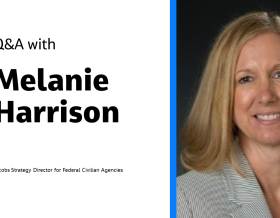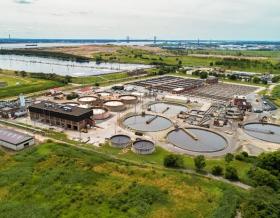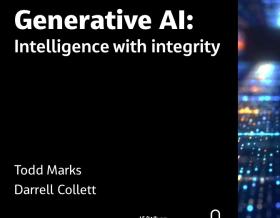
In its latest special Insight Report, Environment Analyst (EA) explores how highways work in England is ramping up on the back of the first national road investment strategy with a $284 million (£225 million) dedicated environment fund. EA looks at how this is impacting demand for support services, where it is heading under the second draft strategy and how environmental management is evolving.
Environment Analyst subscribers can download the full Market Insight report here.
In this special Insight Report, EA talks to Jacobs and others in the industry about how various drivers - including urban regeneration, noise targets, air quality limits, the government's broader remit to enhance productivity, community engagement and digital technologies - are shaping projects in the highways sector.
Commenting on some of the main themes in the report, Jacobs Vice President - Environment, Maritime & Resilience Bruce Chalmers says: “Most highways projects that we undertake are linked to urban regeneration aims. We’re seeing far more need for aligned thinking to infrastructure planning. Integrating road schemes as part of wider urban regeneration and societal needs. The digitization of society is a major opportunity to break down traditional boundaries, to enable different sectors and stakeholders to work together better for greater social value.
“So, the future of road infrastructure will depend more and more on digitalization, leveraging the power of new, disruptive technology to find a better way of achieving a better outcome. It’s transformed our work,” continues Chalmers.
Chalmers cites examples, the integrated use of ProjectMapper, Jacobs’ web-based GIS (Geographic Information System) solution used to visualize and manage project data. And, TrackRecord®, Jacobs’ web-based compliance management tool, which provides clients with a bespoke common data environment for their projects.
“These save time and help prevent errors for the engineering teams, reducing unnecessary survey activity and enabling the sharing of a standard set of data for all stakeholders.”
Jacobs’ fast growing virtual reality (VR) capability is also helping clients better engage with their communities and stakeholders. Jacobs recently delivered a real-time VR visualisation environment to the Welsh Government to support the upgrade program for two sections of the A465 Heads of Valley highway project in South Wales. The fully-immersive VR environment includes roads, landscape and building structures, and enables the community and other stakeholders to visualize and better understand the impacts of the scheme on people, property and the environment.
Asked whether resilience is climbing up the agenda in terms of road projects, Chalmers says: “Yes, there is a general increase in awareness of resilience across many infrastructure sectors, driven partly by major incidents that expose asset and network vulnerabilities. There is also increasing awareness of asset inter-dependence with many utilities being partly dependent on highway structures.
“Building in resilience to both the operation of the roads network and to the environmental functioning of the landscape affected will continue to increase in importance. The development of green infrastructure solutions, particularly in managing flood risk, should also deliver water quality, landscape and biodiversity benefits, and an improved urban environment.”
























































